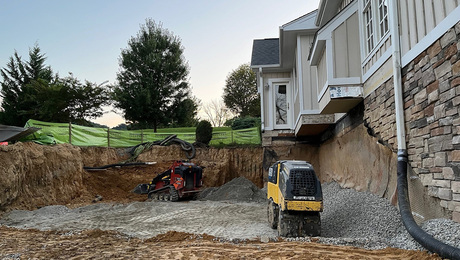I live in an early 1970s tract house on Southern California, and I want to increase / change out the insulation. There is easy access to the attic, which now has old wool insulation between the floor joists.
1. Do I have to remove the existing insulation? Is so what is the easiest / safest way to do that? Can it be discarded with regular household trash?
2. I want to put in R-30 batt insulation. Should it be faced or unfaced?
3. If I used faced insulation should the face be up (toward the roof) or down (toward the ceiling below)?
4. Do I need a vapor barrier anywhere? Our climate is warm and dry, with temperatures seldomly below the 50s.
5. Should the batts be installed between the joists, or perpendicular to them?
6. Anything else I should be thinking – worrying about?


















Replies
I'd consider blowing in cellulose insulation on top of what's existing. Cheap and simple.
You can take trash bags into the attic, and stuff the old insulation into them, then carry to the trash. Most municipal trash collections do not want to take construction debris, but if you space it out they will not give you a hard time.
If you do remove the old stuff, this will let you clean it all out, examine the wiring (for condition and possible rodent damage) and any HVAC duct work. (any ducts should be sealed and insulated while you are improving the house)
It also is a good time to seal up any openings into the attic from the house below. Seal around wires, plumbing vent lines, and any Air Conditioning ducts.
R-60 is recommended, but you can put in as much as you can afford.
I like to put two layers, one between the rafters, (selected to match rafter height) and a second layer laid across, fit snug to each other, leaving enough clearance for ventilation at the eaves. (If you decide to leave the existing old insulation in place, you would put additional insulation across.)
If you seal it up, you really do not need faced insulation where you live. If you are going to leave the old stuff, you do not want an additional vapor barrier.
Wear breathing protection while you engage in this dusty work.